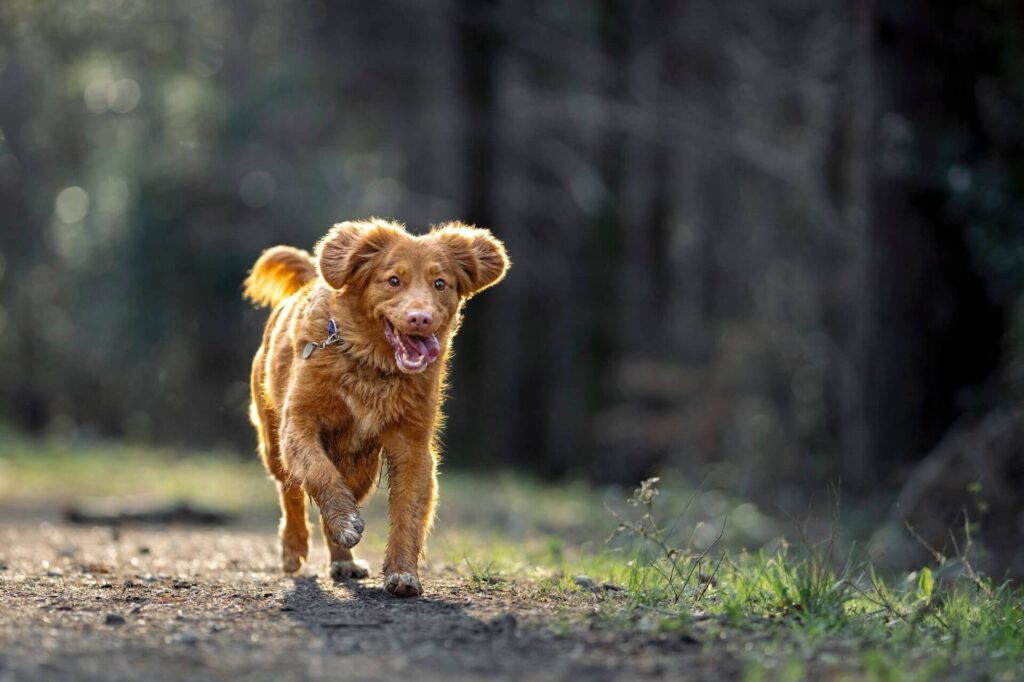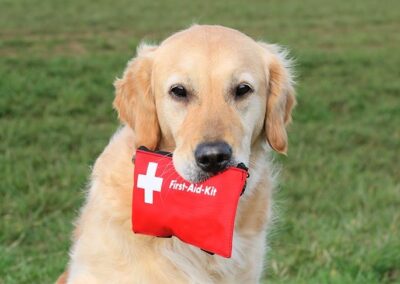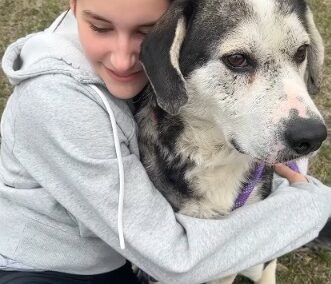Allowing your dog to roam off-leash can be a rewarding experience, offering them freedom while strengthening your bond. However, this liberty comes with responsibilities. Proper training ensures safety for your dog, yourself, and others. Here’s a structured approach to off-leash dog training.
Off-leash training involves teaching your dog to respond reliably to commands without the physical restraint of a leash. It’s not merely about obedience but about ensuring your dog remains under control in various environments.
Before initiating off-leash training, evaluate your dog’s:
Temperament: Is your dog non-aggressive and sociable?
Recall Ability: Does your dog respond promptly to commands?
Prey Drive: Is your dog easily distracted by other animals?
Health: Is your dog physically fit for outdoor activities?
Certain breeds, like Border Collies and Labrador Retrievers, often excel in off-leash settings due to their trainable nature. Conversely, breeds with strong prey drives, such as Siberian Huskies, may require more intensive training.

Training Steps
Basic Obedience: Ensure your dog masters commands like “sit,” “stay,” and “come.”
Use of Long Leash: Begin training with a long leash to simulate off-leash conditions while maintaining control.
Positive Reinforcement: Reward desired behaviors with treats or praise to encourage repetition.
Controlled Environments: Practice in enclosed areas before progressing to open spaces.
Emergency Commands: Teach commands like “stop” or “leave it” for unforeseen situations.
Not all dogs are suited for off-leash activities. If your dog exhibits persistent behavioral issues or fails to respond reliably, it may be safer to keep them leashed. Always prioritize safety over freedom.
Off-leash training is a gradual process that demands patience and consistency. By following structured training steps and implementing safety measures, you can provide your dog with the freedom they crave while ensuring their well-being.



